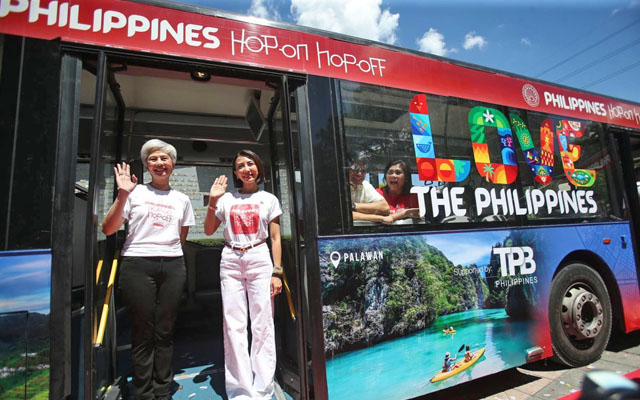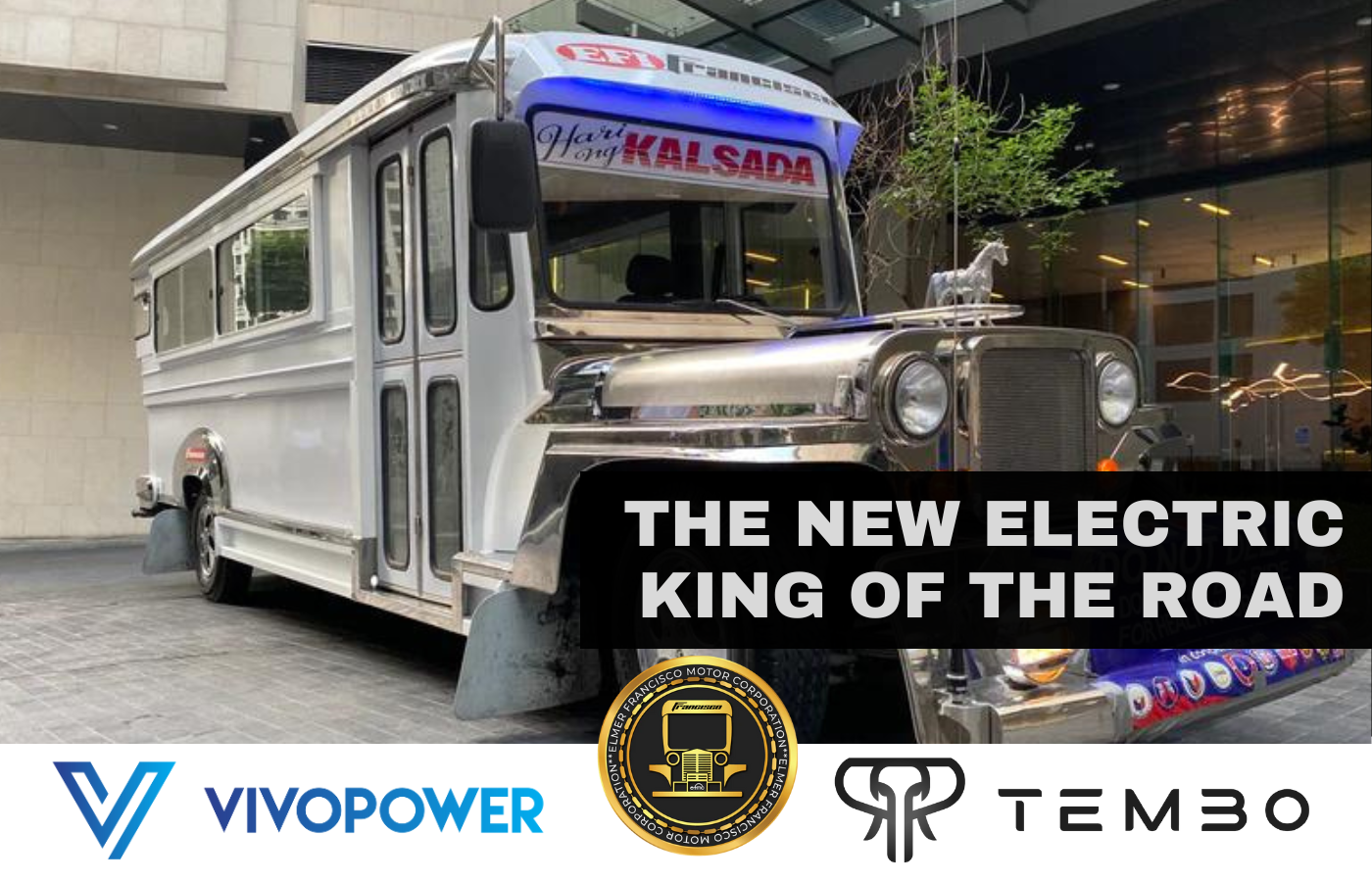Increase Brand Name Reach with Transit Advertising Philippines
Increase Brand Name Reach with Transit Advertising Philippines
Blog Article
Understanding the Function of Transportation Advertising And Marketing in Enhancing Brand Presence and Consumer Interaction
Transportation advertising has actually emerged as a crucial element in the advertising and marketing landscape, offering special possibilities for brands to raise their visibility and involve customers efficiently. With the capacity to reach a restricted and diverse target market during their day-to-day commutes, these marketing methods are not merely concerning visibility; they have to do with producing meaningful links with possible consumers. As we check out the multifaceted advantages and innovative techniques within transit advertising, it comes to be vital to think about how these components collectively affect consumer perception and habits, questioning about their long-term effect on brand commitment.
Meaning of Transportation Advertising And Marketing
Transportation advertising and marketing describes the technique of promoting products, services, or brands with advertisements put around mass transit systems. This type of advertising encompasses a selection of positionings, including posters on trains and buses, digital displays at transit terminals, and covers on the outside of cars. It intends to reach a varied target market, taking advantage of the high foot website traffic connected with public transit.
Transportation advertising and marketing is strategically placed to catch the interest of travelers, who commonly spend significant time taking a trip or waiting. By integrating advertisements right into the everyday routines of people, brands can develop a long-term impact and foster brand name recognition. The medium is particularly efficient in urban settings, where public transport is a primary mode of traveling.
Furthermore, transportation marketing can facilitate local targeting, allowing organizations to reach specific demographics based upon transportation paths and station areas. As city populaces grow and the use of public transportation increases, this advertising and marketing approach has actually acquired prominence as an essential element of integrated advertising and marketing approaches. The vibrant nature of transportation advertising and marketing, integrated with its ability to engage customers in a captive environment, emphasizes its value in modern marketing practices.
Advantages of Transportation Advertising
The performance of transportation advertising and marketing hinges on its capability to supply a wide variety of benefits to brand names looking for to boost presence and engagement. One of the primary advantages is the substantial reach it supplies; transportation advertisements can effectively target diverse demographics across metropolitan areas, reaching both pedestrians and travelers alike. This wide exposure significantly boosts brand name awareness.
An additional advantage is the high frequency of perceptions. As transportation lorries follow established routes and stop at multiple locations, they create repetitive exposure that reinforces brand name messages. This regularity cultivates knowledge, which is essential in consumer decision-making.
Transit marketing is likewise cost-efficient contrasted to various other media systems. Given its large reach and potential for high impacts, brands commonly experience a lower expense per thousand perceptions (CPM), optimizing their advertising and marketing budget.
Additionally, transit advertisements can develop a sense of area connection. By lining up with neighborhood transportation systems, brands can reverberate with regional target markets and foster a feeling of local satisfaction. This local approach enhances brand name commitment and involvement, making transportation marketing a compelling choice for companies aiming to strengthen their existence in the market.

Efficient Methods for Transit Campaigns
To take full advantage of the effect of transportation campaigns, brands must take advantage of tactical preparation and execution tailored to their target audience. Initially, determining the demographic characteristics of the audience using public transportation is crucial. This allows brand names to produce individualized navigate to this website messaging that reverberates with potential clients.
Following, selecting the ideal transit mediums is crucial. Whether using bus covers, subway posters, or digital displays, each tool has distinct benefits that can enhance presence. As an example, dynamic visuals on bus wraps can draw in interest, while electronic ads can be upgraded frequently to mirror timely promotions.
In addition, integrating a cohesive branding method throughout transportation platforms guarantees uniformity and reinforces the brand name's identity. Utilizing distinctive more layouts and unforgettable taglines will certainly enhance brand recall amongst commuters.
By using these methods, brands can properly harness the possibility of transportation marketing, fostering greater awareness and connection with their target audience. Eventually, a well-executed transportation project can drive significant growth in brand exposure and consumer involvement.

Gauging Impact and Interaction
In reviewing the effectiveness of transportation ad campaign, accurate dimension of impact and involvement is essential for brands seeking to optimize their advertising techniques. Metrics such as reach, regularity, and impacts provide fundamental data to examine exposure. Assessing these variables aids establish the number of potential consumers are subjected to the advertisements throughout their day-to-day commutes.
Interaction can be more assessed via consumer interactions, such as site web traffic, social media points out, and straight feedbacks to calls-to-action included in the advertisements. Using tools like QR codes or one-of-a-kind Links can help with tracking of consumer actions straight connected to transportation projects. Studies and feedback systems likewise work as useful techniques to gather qualitative information on customer assumptions and recall of the advertisement.
Furthermore, progressed analytics and acknowledgment designs can associate transportation direct exposure with succeeding getting actions, providing insights into the return on financial investment. By utilizing a detailed strategy that integrates qualitative and measurable actions, brands can develop a nuanced understanding of their transportation advertising effect. Eventually, this data-driven method allows brands to improve their campaigns, ensuring they reverberate efficiently with target audiences and boost total brand name exposure.
Study of Effective Campaigns
Effective transportation advertising and marketing projects offer as engaging examples of just how effective approaches can raise brand name visibility and engagement. Transit Advertising Philippines. One noteworthy situation is the "I Love New York" project, which changed the city's picture and attracted numerous tourists. By using metro advertisements, signboards, and bus covers, the campaign created a solid, cohesive brand identity, resulting in a significant uptick in tourist and regional organization patronage
One more exemplary project is Coca-Cola's "Share a Coke" campaign, which leveraged transportation advertising to customize the brand name experience. By featuring popular names on advertising products across various transportation systems, Coca-Cola fostered a deeper emotional connection with customers, urging them to share their experiences on social networks.
In addition, the "Got Milk?" campaign efficiently used public transport advertisements to reach a wide target market, reinforcing the message of the value of milk in a balanced diet plan. The campaign saw a quantifiable increase in milk consumption in target demographics.
These case studies illustrate that when carried out attentively, transportation advertising and marketing can significantly boost brand name visibility, foster consumer engagement, and drive quantifiable outcomes, showing its important role in modern marketing approaches. - Transit Advertising Philippines
Final Thought
In verdict, transportation advertising and marketing serves as an important device for improving brand visibility and cultivating consumer interaction. Ultimately, the ability to measure interaction and analyze successful situation research studies highlights the efficiency of transportation marketing in driving brand commitment and customer interactions.
Transit marketing has emerged as a critical element in the marketing landscape, using one-of-a-kind possibilities for brand names to boost weblink their presence and engage customers properly.Furthermore, transit marketing can help with localized targeting, enabling services to reach specific demographics based on transportation courses and station locations.In assessing the efficiency of transit advertising and marketing projects, precise dimension of influence and involvement is vital for brands seeking to maximize their advertising and marketing approaches.Successful transit advertising and marketing campaigns offer as compelling instances of how effective techniques can raise brand presence and engagement.In verdict, transportation marketing serves as an essential tool for enhancing brand name exposure and promoting customer involvement.
Report this page